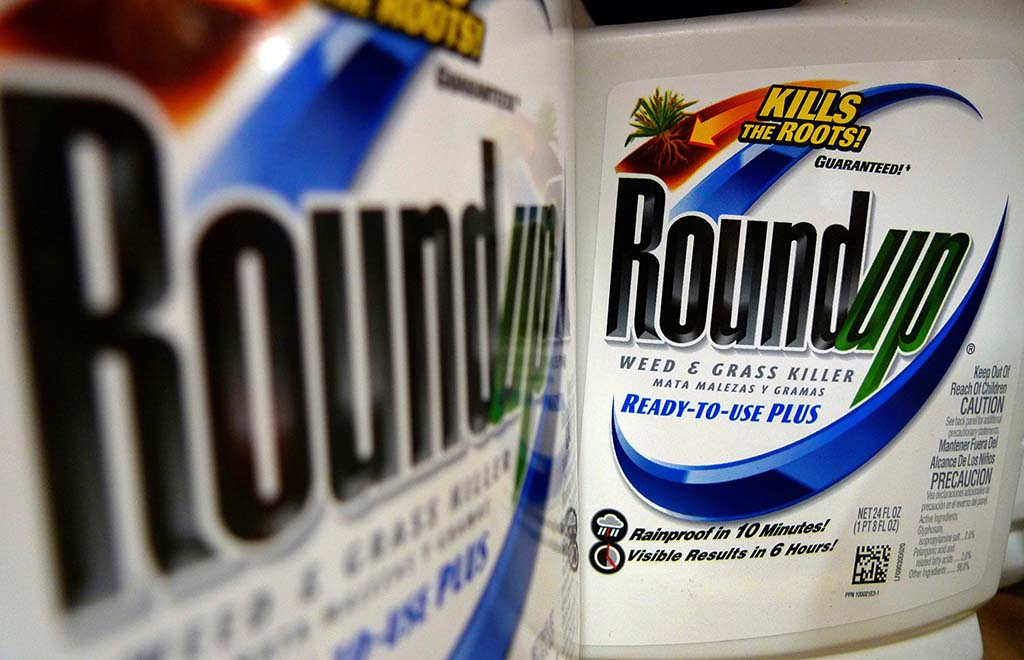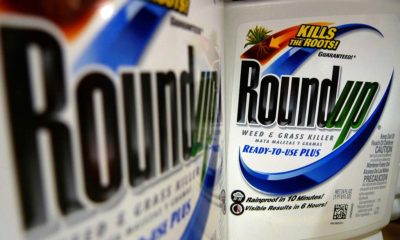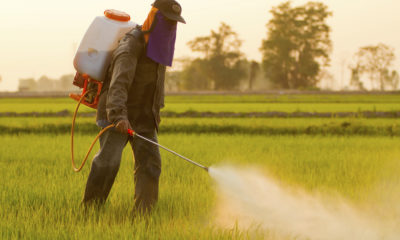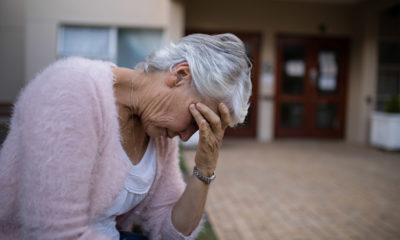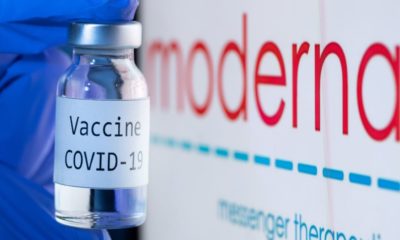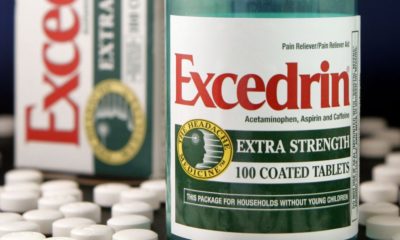Multiple health and environmental organizations along with farmworker organizations joined together to release a statement calling for the removal of glyphosate from the US market. The statement was addressed to the Environmental Protection Agency (EPA).
The reason for the statement was the link between glyphosate and non-Hodgkin’s lymphoma. According to the statement, multiple pieces of evidence provide a strong indication that this chemical can lead to this type of cancer. Glyphosate is best known as the active ingredient in Roundup, which is a weed killer made by Monsanto.
The statement was in answer to the EPA’s findings that there was no health or environmental concerns with the use of glyphosate. At the current levels, it doesn’t exceed what is considered to be safe for human health. However, this report is in direct opposition to many other studies which have been conducted independently.
In the statement, the organizations ask the EPA to conduct a re-evaluation on the toxicity of all glyphosate products. Any products not subjected to a further review should have registration suspended.
What is Glyphosate?
Glyphosate is an herbicide designed to kill weeds and grasses which grow amongst crops. It has been in use since 1974 and is widely used throughout the US in agriculture, forestry and landscaping. The chemical is produced in acid and salt form.
Glyphosate attaches to the soil where it can remain for as long as six months. It is gradually broken down by the soil.
What is Non-Hodgkin’s Lymphoma?
Non-Hodgkin’s lymphoma is a type of cancer that begins in the lymph nodes. White blood cells, which are located in the immune system, begin to multiple quickly and the genetics are altered. The cancer can spread to other areas.
Symptoms for this cancer include the following:
- Swollen lymph nodes in the neck, groin or armpits – usually painless
- Swelling in the abdomen
- Abdominal pain
- Loss of appetite
- Coughing
- Tiredness and lack of energy
- Fever
- Chest pain
- Difficulty breathing
- Itchy skin
- Weight loss
- Night sweats
The exact symptoms will depend on the location of the cancer. It may be found in the chest or abdomen and even in the brain.
The most common treatment option is chemotherapy, but the exact plan depends on the type of cancer and what stage it is in. Radiation is another aggressive option while other biological therapy drugs may also be used. In some cases, a bone marrow transplant will be necessary.
The survival rate for this type of cancer can vary from around 50 percent to over 90 percent. The numbers vary based on what stage the cancer was in when it was diagnosed, the overall health of the person and treatment provided.
If non-Hodgkin’s lymphoma can be caused by exposure to glyphosate, the symptoms may not show up until years of exposure. This is one reason it has been difficult to get a conclusive study, but many reports show the potential of a link between the chemical and disease, which is the reason for the statement to have this chemical banned.
